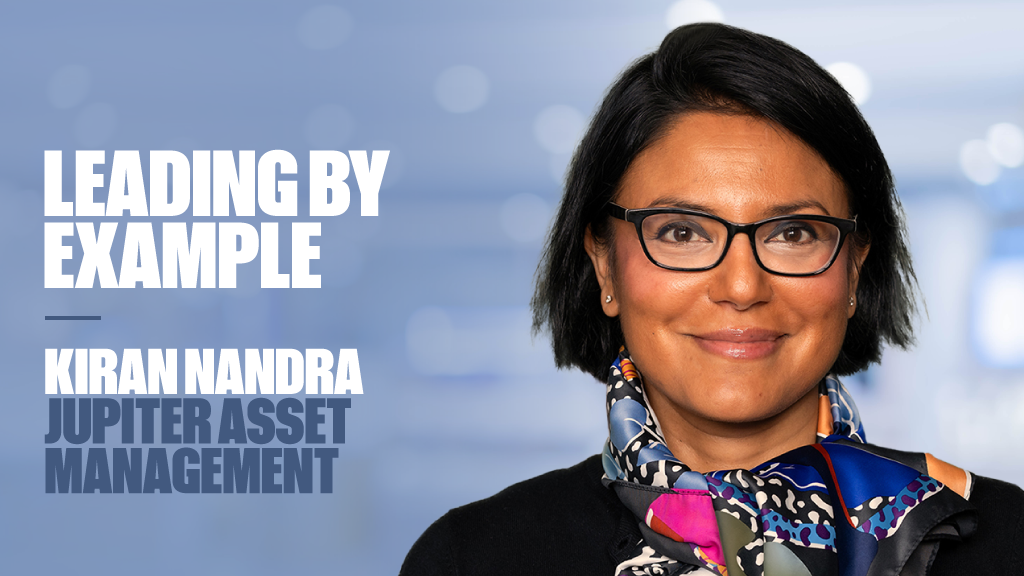So far, in September, high-yield bonds have lost $2bn BAMA said on Friday, while Lipper’s fund flow data for July showed that European investors pulled out a net €5bn from US corporate high yield funds alone.
According to BAML flows from high-yield funds to investment grade funds is becoming a ‘well-established’ pattern.
Given the raised levels of concern within markets generally, this seeming flight to quality is understandable, but what exactly should high-yield’s place be in a portfolio at the moment?
Bryn Jones, head of fixed income at Rathbones, says the group has taken its high-yield holdings back to neutral because the yield available doesn’t really compensate for the risks in the market at the moment.
“The asset class still appears to be pricing in too low levels of default versus history, which is not the case for investment grade credit. More recently, volatility has been high in this space, which might be as a result of a short-term fluctuation, but on valuation grounds, our view is unchanged; we think it still looks expensive. Furthermore, when interest rates rise, there are obvious implications for interest expense and the ability of some of these companies to pay back.”
Richard Philbin, CEO at Harwood Capital, says he is in two minds about the high yield market: “On one hand, I can see why people are starting to get nervous, but on the other, it is the only place you can find a decent yield at the moment.”
And, because investors continue to look for, and in many cases require, yield, Philbin says that there remains a place in portfolios for high-yield exposure, but managers need to be a little more selective.
“I wouldn’t be buying an index right now, or a fixed income ETF, but there do remain opportunities in the space. I would say, for example, that the debt quality profile is better in Europe than in the US in terms of both credit quality and duration, while Asian high-yield funds are yielding 7.5%; you aren’t getting that sort of yield anywhere else.”
If one does need to look to the high-yield market at the moment, Jones agrees that currently, Europe could well be the best value.
Companies default on debt for one of two reasons, either they don’t make enough revenues to bay back the loans or rates go up too quickly for them to manage the payments, Jones explains. In the US and the UK, rates are going to go up, which could impair earnings, and will make debts harder to pay back, while in Europe, rates are going to remain lower for longer and, it would seem the central bank is determined to ensure that the region avoids a rescission, both of which would be positives for the bond market.
On the emerging markets front, Peter Kahn, lead manager for Fidelity’s Global High Yield Fund, also recently enhanced his fund’s focus on emerging markets, announcing last week that the fund has changed its benchmark in order to better split the fund’s risk across the six regions in which it is invested.
As Kahn explains, “Traditional global high yield indices are heavily skewed towards the US which contributes over half of the risk. Market share has changed significantly as a result with the presence of the US decreasing from around 80% of global high yield indices five years ago to 55% today. Growth of the European market has been the main driver alongside a fourfold increase in EM issuance.”
Adding: “We are bullish on evolution of emerging market high yield capital markets and believe the prominence of US high yield will continue to decline. Structures and diversification will evolve with the degree of sophistication and depth of capital structure converging upon developed market standards for substantial issuers.”
And, he says, from a macro viewpoint we are also positive on their long-term prospects because, historically, defaults in EM high yield have been lower than developed market counterparts owing to their higher credit quality.
With interest rates expected to rise in the US and the UK sooner rather than later, risks for high-yield products in these markets are to the upside, but the same cannot be said for Europe or many of the emerging markets. As Philbin points out, the demand for yield on the part of the investor remains and, as a result, many managers remain invested in the sector, out of necessity. And, as a result, for many the question to ask then becomes, not should I be invested, but rather where should I be invested?











